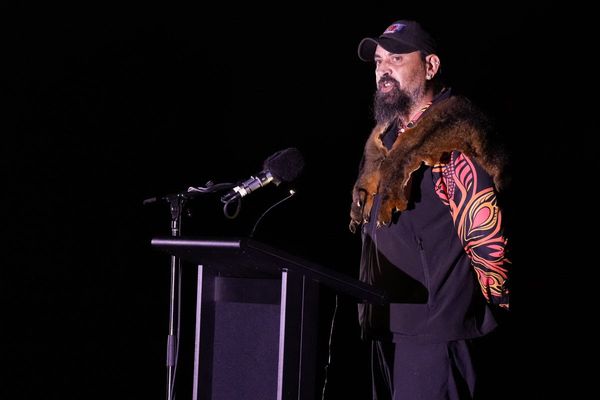
The minimalistic tread pattern of the new tyre appears to take inspiration from the design that rival tyre manufacturer Michelin used to dominate the only wet race of the 2022 season at Sugo.
It features three relatively shallow longitudinal grooves complemented by a series of short lateral grooves on both shoulders.
The below photo shows the clear contrast between the new design (left) and the more conventional tread pattern of the 2022 Yokohama wet tyre that features longer, curved grooves on the shoulders (right).

Yokohama's two customers in the GT500 class, the Racing Project Bandoh Toyota GR Supra and the Kondo Racing Nissan Z, both performed well in the afternoon session of the opening day of the test, when conditions were at their finest.
Sena Sakaguchi was second-fastest in the Bandoh Toyota behind the Michelin-shod NDDP Nissan, while Daiki Sasaki put the Kondo car fourth.
However, the two Yokohama cars plummeted down the leaderboard on the second day of the test in heavier rain, which turned out to be almost entirely unsuitable to the radical new tread design.
Sasaki was almost 10 seconds off the pace in the afternoon session, having completed just one flying lap in the morning, while the Bandoh Toyota sat out the afternoon entirely after lapping well off the pace in the morning.
Yuji Kunimoto, who was at the wheel of the Bandoh car for that session, reported that the new Yokohama wet was "very bad" in such conditions, but was positive about the tyre's performance on Saturday.
"Very bad conditions this morning," Kunimoto told Motorsport.com on Sunday. "We weren’t able to warm the tyre up at all.
"But in the ‘right’ wet conditions [with less surface water], it’s good. We are looking much better than last year. The aquaplaning was not good, but the grip level is a big improvement.
"The conditions we had on Saturday afternoon were good for us. But in heavy rain, just very bad."
SUPER GT tyre makers are only able to homologate one design of wet tyre to use for the whole year, with no intermediate option permitted.
Kunimoto believes that a SUPER GT race wouldn't take place in the torrential conditions seen at Fuji on Sunday.
"Maybe there would be a red flag," he said, before adding that "I think we can be very strong" on a damp-but-drying track.

Yokohama's SUPER GT development manager Takayuki Shiraishi told Motorsport.com's Japanese edition that the firm has taken a calculated risk to focus on producing a tyre that works well in damp conditions.
"Considering that races with long periods of relatively little surface water are common, we thought there would be benefits associated with that type of tread pattern," explained Shiraishi.
"We were conscious of creating something that has the highest amount of contact patch possible without sacrificing drainage performance. It's similar to the patterns we use on our road tyres, so we took into account the feedback from this and we created this tyre.
"Hearing the comments of the drivers and the teams, we're confident we have gone in the right direction, and the feedback is if we proceed with development with this as the base, we can get good results."







